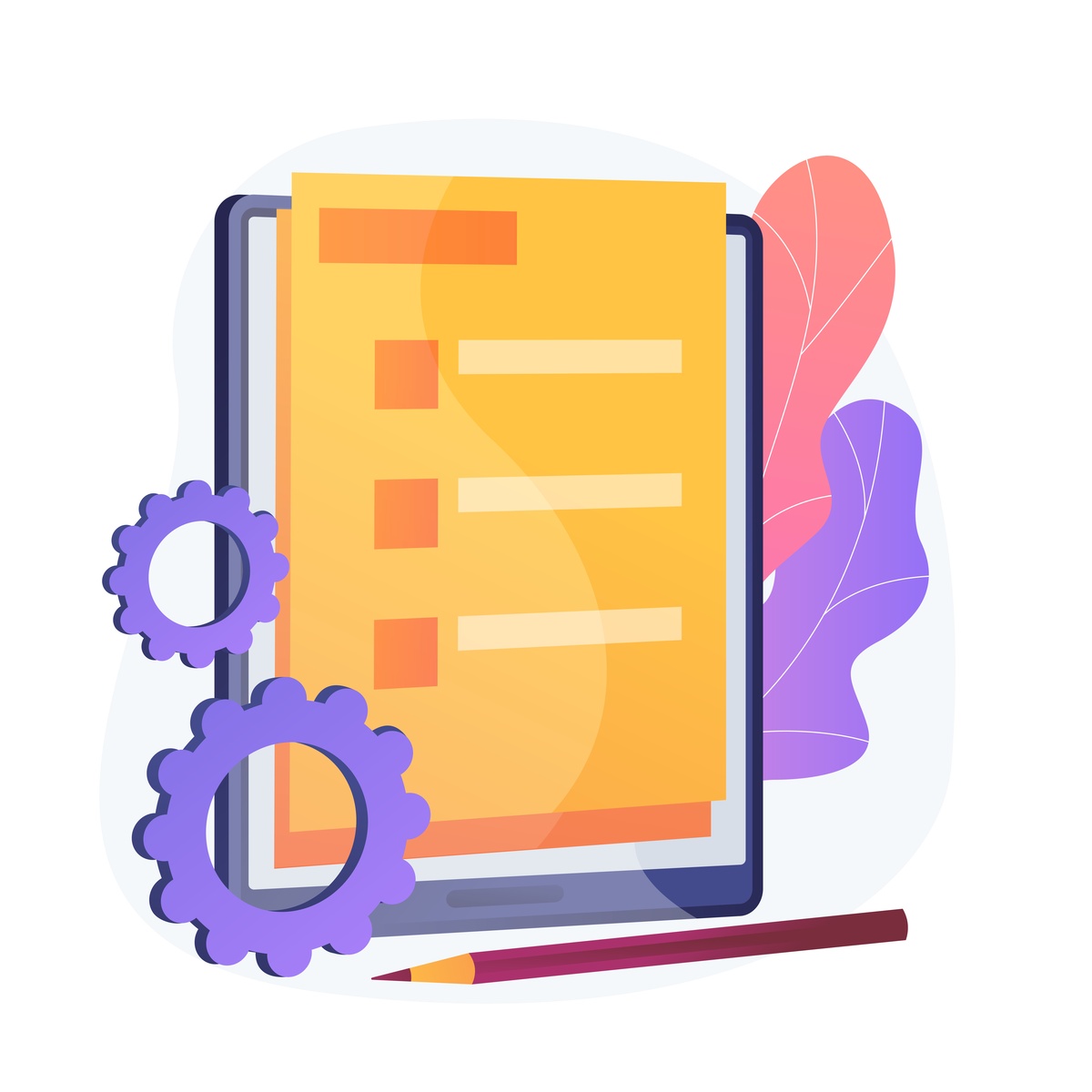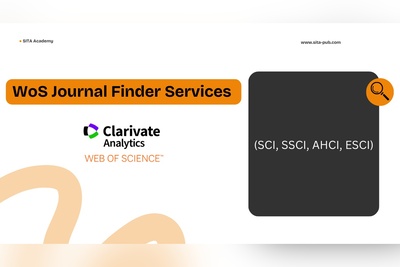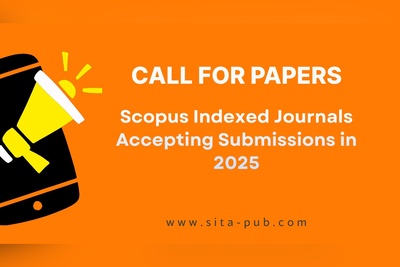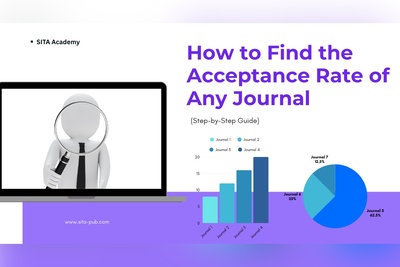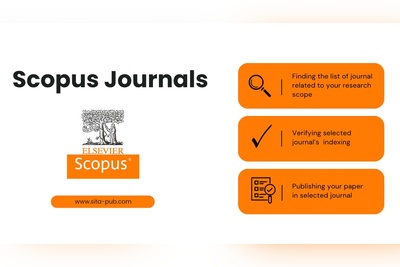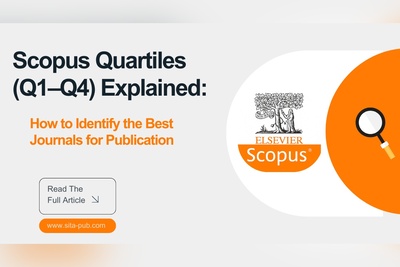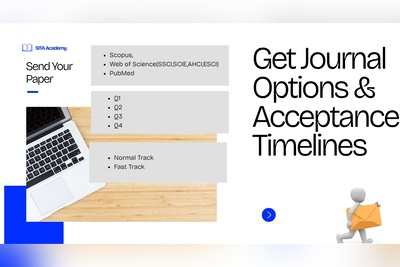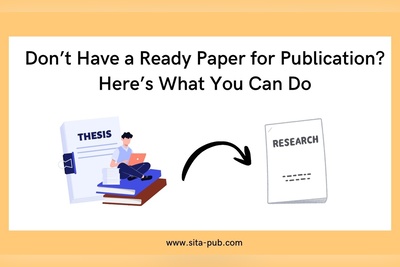Q1–Q4 Academic Journal Selection & Publication Support
Publish your research in Q1–Q4 Scopus and Web of Science–indexed journals with expert support. Get personalized journal recommendations, formatting, editing, plagiarism checking, and full publication assistance. Fast, reliable, and tailored to your academic goals.
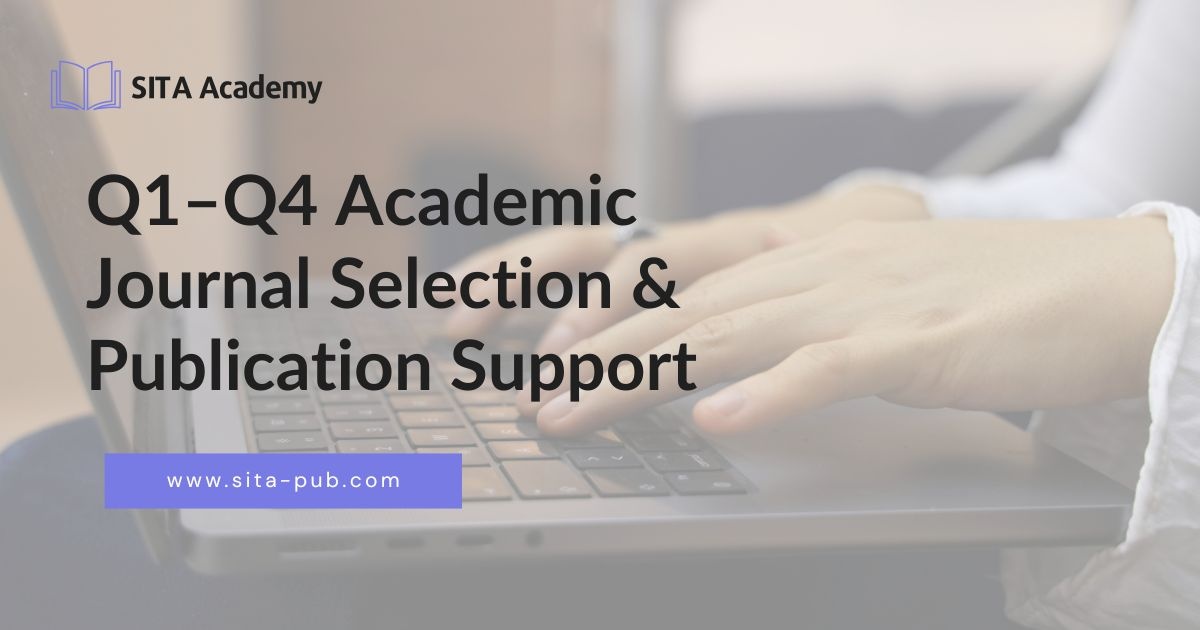
Introduction: Why Authors Seek Q1–Q4 Journal Publications
Publishing in reputable academic journals has become one of the most essential steps in a researcher’s career. Whether you are a PhD student looking to fulfill graduation requirements, a university professor seeking academic promotion, or an independent researcher aiming to boost your professional credibility — publishing in Scopus or Web of Science–indexed journals (Q1–Q4) is the pathway to recognition.
Each researcher’s goal might differ, but the challenge remains the same: selecting the right journal and successfully navigating the publication process.
Some researchers aim for Q1 journals to maximize impact and academic visibility, while others choose Q2 or Q3 journals for a balance between quality and faster acceptance. Meanwhile, many postgraduate students opt for Q4 journals, which still hold international credibility and often offer a smoother and quicker publication route.
Regardless of your academic level or research field, understanding the quartile ranking system (Q1–Q4) and knowing how to choose the right journal for your paper is crucial — both for success and efficiency.
Q1–Q4 Academic Journals: A Practical Selection Guide
What Are Q1–Q4 Journals?
Scopus and Web of Science classify journals into quartiles (Q1 to Q4) based on their impact factor and citation performance. These quartiles help indicate the academic influence and quality of each journal.
Here’s a simple breakdown:
Quartile | Description | Acceptance Difficulty | Typical Publication Fee | Academic Recognition |
Q1 | Top 25% of journals in a specific field; high impact and citation rate. | Very difficult; highly selective. | Often high (€1000–€2500). | Highly recognized for PhD, promotion, and global reputation. |
Q2 | Next 25%; reputable journals with solid impact and reach. | Moderate; still competitive. | Moderate (€700–€1500). | Accepted by most universities for promotion and graduation. |
Q3 | Mid-level impact journals; broader acceptance rate. | Easier than Q1–Q2. | Lower (€500–€1000). | Often accepted for master’s or PhD publication requirements. |
Q4 | Emerging or developing journals with focused audiences. | Easiest among indexed ones. | More affordable (€300–€800). | Commonly used for fulfilling graduation criteria. |
In simple terms:
Q1 = Prestige
Q2 = Balance
Q3 = Accessibility
Q4 = Practicality
Differences in Acceptance and Publication Timeline
One of the main distinctions between Q1–Q4 journals is the timeline from submission to publication.
Q1 Journals often take 6–12 months due to rigorous peer review and editorial scrutiny.
Q2–Q3 Journals usually take 3–6 months, depending on the field and journal.
Q4 Journals may publish within 1–3 months, especially for authors who meet formatting and technical criteria.
For researchers with strict deadlines — such as upcoming thesis submission, graduation, or academic promotion — Q3 and Q4 journals are often more suitable choices.

Publication Fees Across Quartiles
While some journals are open access (OA) and charge article processing fees (APCs), others are subscription-based and charge little to nothing for publication.
Generally, higher quartile journals have higher publication fees, especially those under major publishers like Elsevier, Springer, or Taylor & Francis.
Authors should always verify:
Whether the journal is open access or subscription-based.
The publication timeline (normal vs. fast-track).
The reputation and indexing of the journal before paying any fee.

How to Check a Journal’s Quartile and Indexing (Q1–Q4)
To ensure a journal’s authenticity and quartile ranking, you can verify its details using reliable databases:
Scopus (Elsevier)
Visit www.scopus.com/sources.
Search the journal title or ISSN.
You’ll find the subject area, quartile (Q1–Q4), CiteScore, and publisher details.
SJR – SCImago Journal Rank
Go to www.scimagojr.com.
Type the journal name and check its quartile ranking and SJR value.
Web of Science (Clarivate)
Search the journal through the Master Journal List (mjl.clarivate.com).
It shows the WoS indexing category and impact factor.
Tip: Always verify directly from Scopus or Web of Science before submitting your paper. Many fake journals falsely claim to be indexed or Q1-ranked.
Q1–Q4 Academic Journal Selection & Publication from SITA Academy
At SITA Academy, we understand how challenging and time-consuming the process of academic publishing can be — from selecting the right journal to formatting, submission, and revisions.
Our Q1–Q4 Journal Selection & Publication Support Services are designed to simplify the process and maximize your chances of acceptance in the right journal that fits your academic goals, budget, and timeline.
1. Journal Recommendation (Q1–Q4)
We review your research paper carefully — considering your field, topic, methodology, and results — then suggest a list of suitable Scopus or Web of Science–indexed journals.
Each journal recommendation includes:
Journal name, website, and ISSN
Quartile ranking (Q1–Q4)
Indexing (Scopus, WoS)
Estimated acceptance rate and publication time
Publication fee (if applicable)
Benefit: You save time by avoiding mismatched journals that lead to rejection and long delays.
2. Paper Formatting
Each journal follows its own strict formatting and referencing style (APA, IEEE, MLA, Chicago, etc.).
Our team ensures your paper meets all journal-specific guidelines, including:
Font, spacing, and layout
Reference style and citations
Figures, tables, and appendices
Word count and section organization
Benefit: Professionally formatted papers reduce desk rejection risk by up to 40%.
3. Submission Assistance
We handle the entire submission process on your behalf, ensuring that:
Your manuscript and cover letter meet journal standards.
All files (main text, figures, supplementary materials) are properly uploaded.
Communication with editors is handled professionally.
Benefit: You can track progress and focus on your research while we manage the administrative process.
4. Native English Editing
High-quality language is essential for international journals.
Our native English editors improve your paper’s grammar, clarity, academic tone, and coherence.
Benefit: Enhanced readability increases acceptance probability significantly.
5. Plagiarism Checking and Removal
We use advanced plagiarism detection tools (Turnitin and iThenticate) to identify overlapping text and assist in rewriting sections to ensure originality.
Benefit: Your paper meets the 0–10% similarity standard required by most indexed journals.
6. Complete Publication Assistance
From journal selection to acceptance notification, our team provides end-to-end publication support.
We also guide you in:
Responding to reviewer technical comments
Handling revisions and resubmissions
Coordinating with the journal until the paper is published online
Benefit: Smooth, stress-free publication process with professional guidance at every step.
SITA Academy: Your Partner in Academic Publishing Success
At SITA Academy, our mission is to help researchers achieve academic success through reliable, ethical, and professional publication services.
Whether you aim for a Q1 journal to enhance your global recognition or a Q4 journal for timely graduation, we help you make the right choice.
We have supported hundreds of researchers worldwide — including PhD students, professors, and research groups — in publishing their work in Scopus and Web of Science–indexed journals efficiently and confidently.
Why Choose SITA Academy?
Feature | Benefit |
Personalized journal matching | Receive journals aligned with your topic, deadline, and budget. |
Transparent publication process | Clear timelines, fees, and communication. |
Expert academic support | Professional editors, reviewers, and advisors. |
Time-efficient results | Fast and accurate responses tailored to your goals. |
How to Get Started
You can reach us through multiple channels:
Email: [email protected]
WhatsApp / Telegram: Send your paper directly to our support team.
Website: https://sita-pub.com/
Once we receive your paper, we will:
Review it within 24–48 hours.
Send a customized list of Q1–Q4 journal options.
Guide you through the entire publication process step by step.
